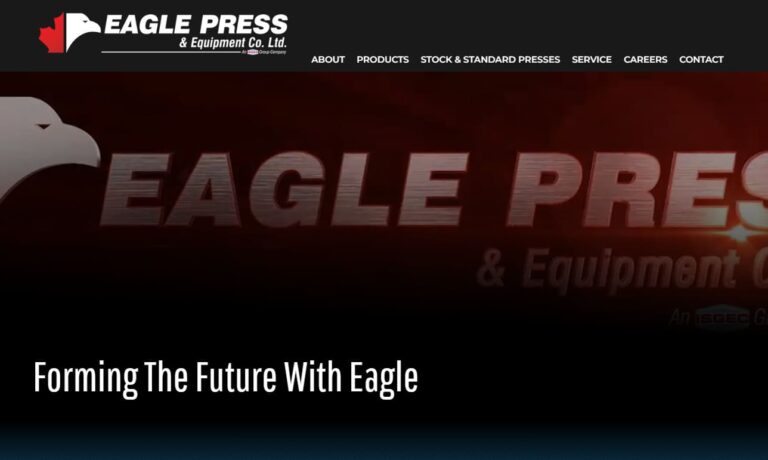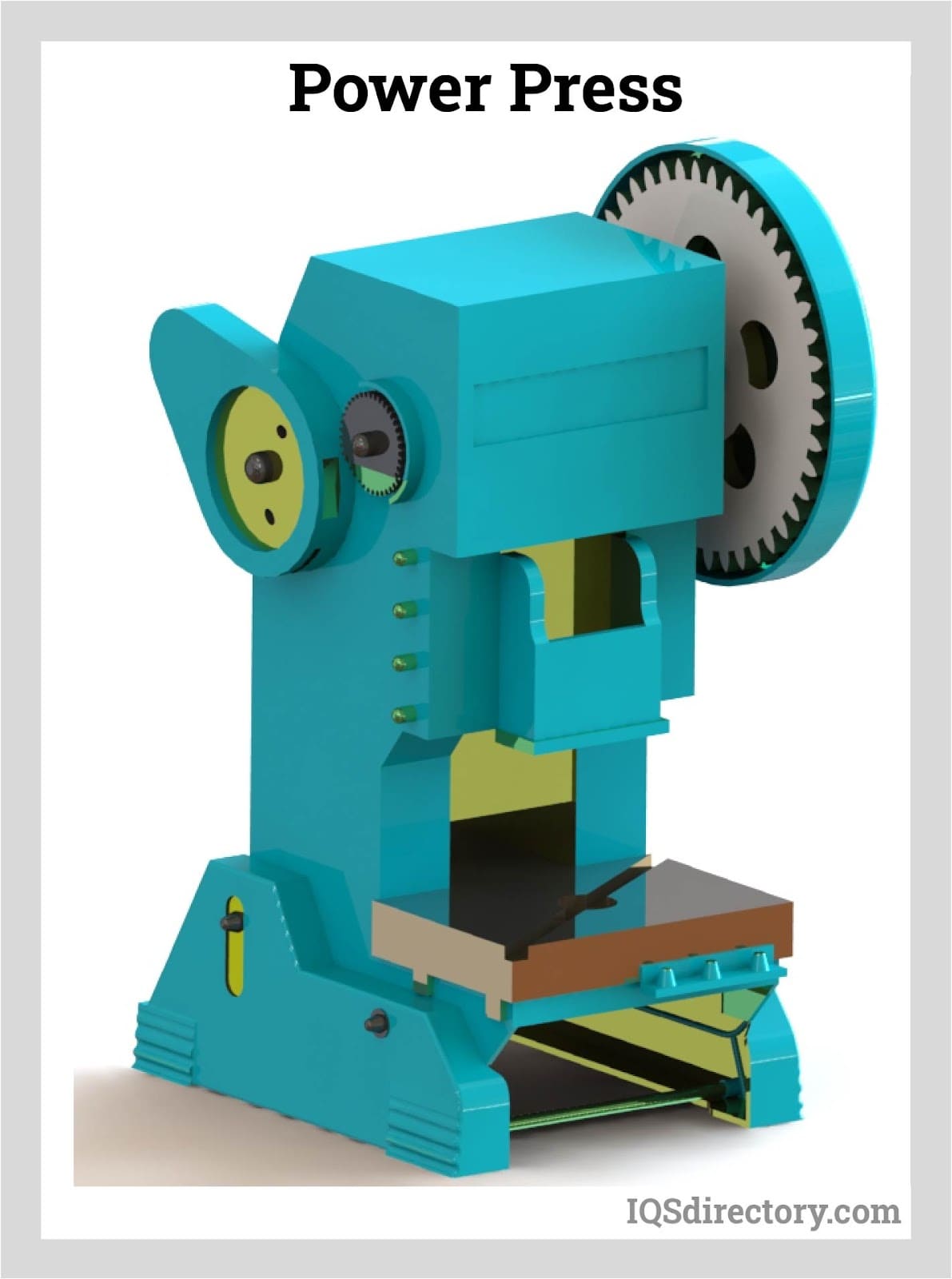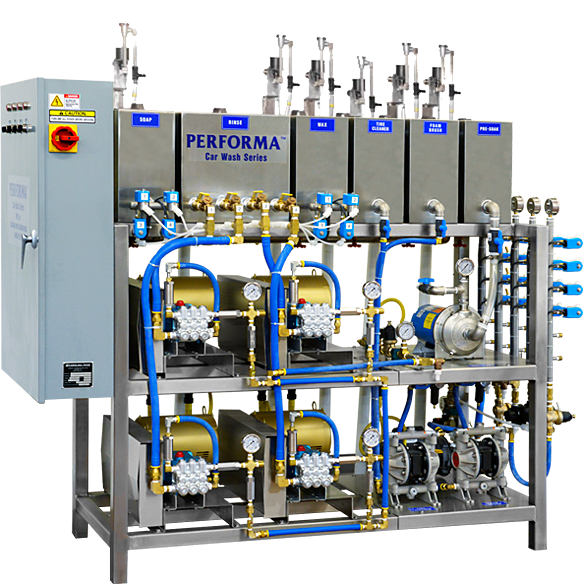They are used to apply veneer or laminate to 2 or 3 dimensional products or bond two materials together. The vacuum system removes entrapped air instead of compressing it, ensuring that no air will reappear in the course of the product’s life. The lack of air combined with high pressure ensures an air-tight seal, easily bonding materials together. Read More…
When it comes to the hydraulic press industry, you want nothing but the very best! We have over 50 years of experience in the industry manufacturing quality products for our customers.

Our hydraulic press designs are one-of-a-kind. We work with our customers to determine the best hydraulic presses for their applications. Here at Savage Engineering & Sales, Inc. we take customer satisfaction very seriously.

At AIDA-America Corp., we are dedicated to advancing the manufacturing industry through our expertise in hydraulic press technology. We design and build presses that deliver precision, efficiency, and reliability for high-volume production environments.

At Eagle Press & Equipment Co., we are dedicated to engineering and manufacturing high-quality hydraulic presses that meet the diverse needs of industries worldwide. With decades of expertise, we have built a reputation for delivering presses that offer superior performance, reliability, and precision, supporting everything from small-scale production to heavy-duty manufacturing applications.

At Hydraulico Inc., we have built our reputation as a leader in hydraulic press engineering by combining decades of expertise with a passion for innovation and precision. We design and manufacture high-performance hydraulic presses that meet the demands of industries ranging from automotive and aerospace to metal forming, appliance production, and advanced material processing.

More Vacuum Press Manufacturers
Vacuum presses are used in the furniture, construction, electronic and medical industries, and are generally found in workshops or industrial manufacturing facilities. They may be small and portable, but most of the time they are large, heavy equipment that stand alone or are part of an inline conveyor system.
Kitchen cabinets, doors and office furniture are often made of particle board, which are compressed wood ships and shavings that have a wood-like veneer that is applied to the exterior by a vacuum press as an alternative to real wood furniture.
Vacuum presses are also used to bond aluminum sheets and foam insulation, apply plastic laminate to countertops and tabletops, produce musical instrument parts, prosthetics, silicone heaters, solar panels, electronic materials, printed circuit boards, decorative laminates and honeycomb panels used in building construction.
Vacuum presses are made of a welded leak-free vacuum chamber that allows lamination at lower pressures, which, in some cases improves the quality of the products. Each lamination run takes approximately 5 to 7 minutes, but multiple products are able to be formed at once.
The vacuum press easily and completely removes trapped air and volatiles, and is able to achieve high psi ratings. The vacuum level is controlled by a vacuum gauge or vacuum transducer, and is often turn-key operated.
Small, portable vacuum presses are most likely found in small workshops, while large industrial vacuum presses are integrated into facility systems and include conveyors, loading and unloading systems, and heating and cooling systems. They are part of a continuous process and are often CNC operated meaning that they are fully automated, which nearly eliminates the need for human workers.
The advantage of CNC vacuum presses is that they are able to collect and store data, archive and keep track of information. The press is heated by thermal fluid running through the system.
All vacuum presses must be Occupational Safety and Health Administration (OSHA) compliant in addition to adhering to strict safety and quality regulations established by various other organizations.















 Automation Equipment
Automation Equipment Car Wash Equipment
Car Wash Equipment Centrifuges
Centrifuges Hydraulic Presses
Hydraulic Presses Lasers
Lasers Machinery Rebuilders
Machinery Rebuilders Paint Finishing Equipment
Paint Finishing Equipment Tube Forming Machines
Tube Forming Machines Castings & Forgings
Castings & Forgings Bulk Material Handling
Bulk Material Handling Electrical & Electronic Components
Electrical & Electronic Components Flow Instrumentation
Flow Instrumentation Hardware
Hardware Material Handling Equipment
Material Handling Equipment Metal Cutting Services
Metal Cutting Services Metal Forming Services
Metal Forming Services Metal Suppliers
Metal Suppliers Motion Control Products
Motion Control Products Plant & Facility Equipment
Plant & Facility Equipment Plant & Facility Supplies
Plant & Facility Supplies Plastic Molding Processes
Plastic Molding Processes Pumps & Valves
Pumps & Valves Recycling Equipment
Recycling Equipment Rubber Products & Services
Rubber Products & Services